The history of the Maynard Institute
The Maynard Institute of Journalism Education was born out of the strife of the 1960s Civil Rights era by a diverse group of nine newspaper journalists.
The nation was not so different from the one that exists today: deeply fractured, divided, and hurting.
In 1968, the Kerner Commission castigated the news media for exacerbating racial divisions in America.
Regarding the U.S. news coverage of the urban rebellions throughout the nation the summer before, the Commission’s investigative report homed in on the mass media’s failure to “report adequately on the causes and consequences of civil disorders and on the underlying problem of race relations.”
A glaring lack of diversity within newsrooms was identified as a huge part of the problem.
And the Commission was clear: “These failings must be corrected, and the improvement must come from within the industry.”
Dismantling systemic racism in the news
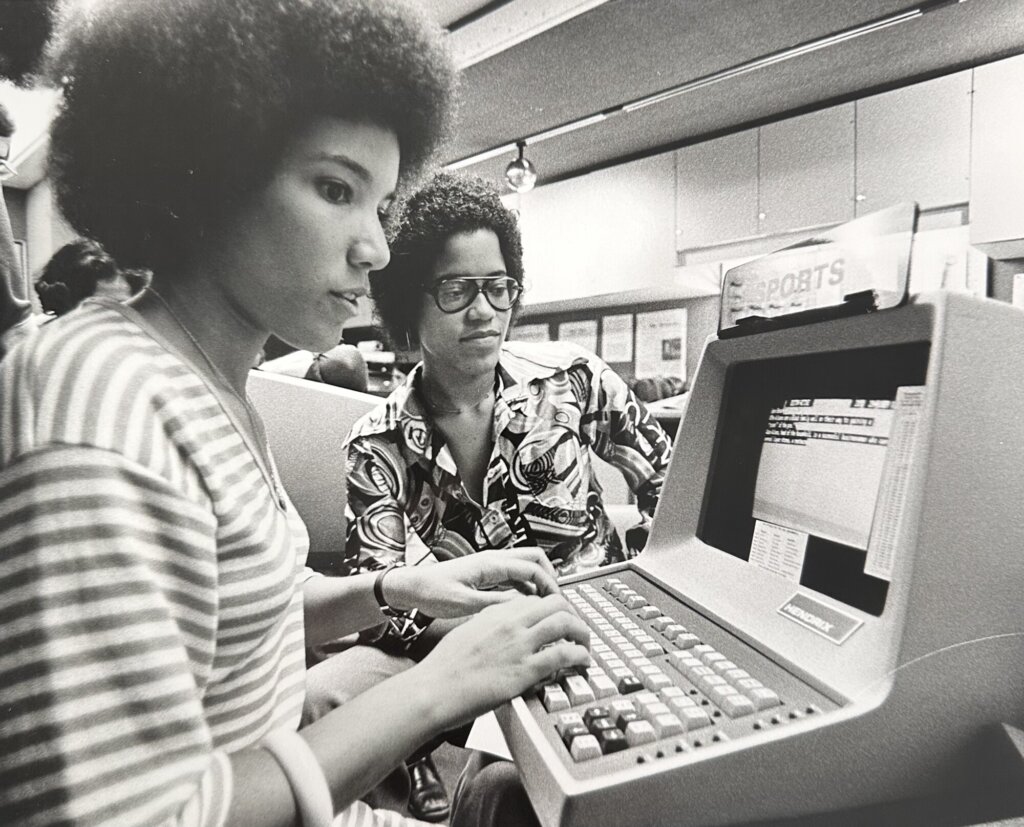
Robert C. Maynard and the Institute of Journalism Education co-founders dedicated their lives to cultivating that very improvement. And that work has continued ever since.
Our work at the Maynard Institute addresses both sides of the equation: our professional development training programs ensure our graduates are candidates of diverse backgrounds who feel empowered to navigate today’s changing journalism industry.
On the other side, our transformative newsroom diversity training programs support news organizations with the context and actionable steps they need to improve their internal culture and become authentic spaces of belonging.
The “Maynard Family” of staff, board, industry leaders, and graduates is now in the thousands. We’ve realized incredible success—and there is still so much more to be done.
As we have since 1977, the Maynard Institute will continue transforming the news industry to truly reflect this nation.
In doing so, we preserve our democracy for generations to come.
Our decades of impact

1968
The Kerner Commission calls on the news industry to desegregate and diversify news following unrest in Newark and Detroit.
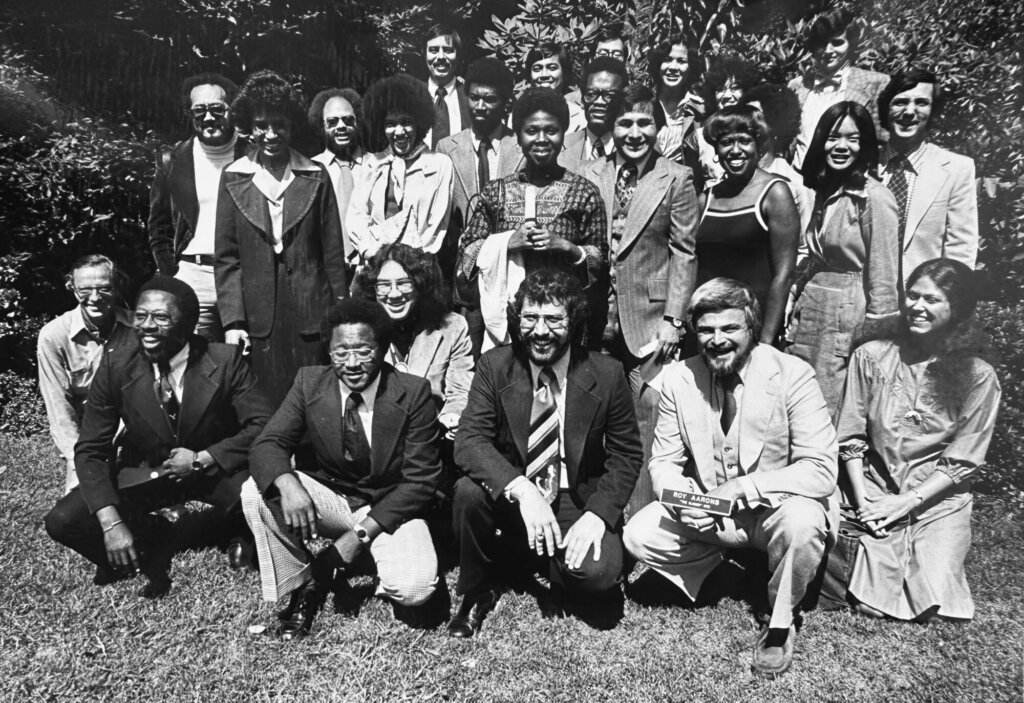
1976
The Summer Program for Minority Journalists (SPMJ) welcomes its first class at UC Berkeley.
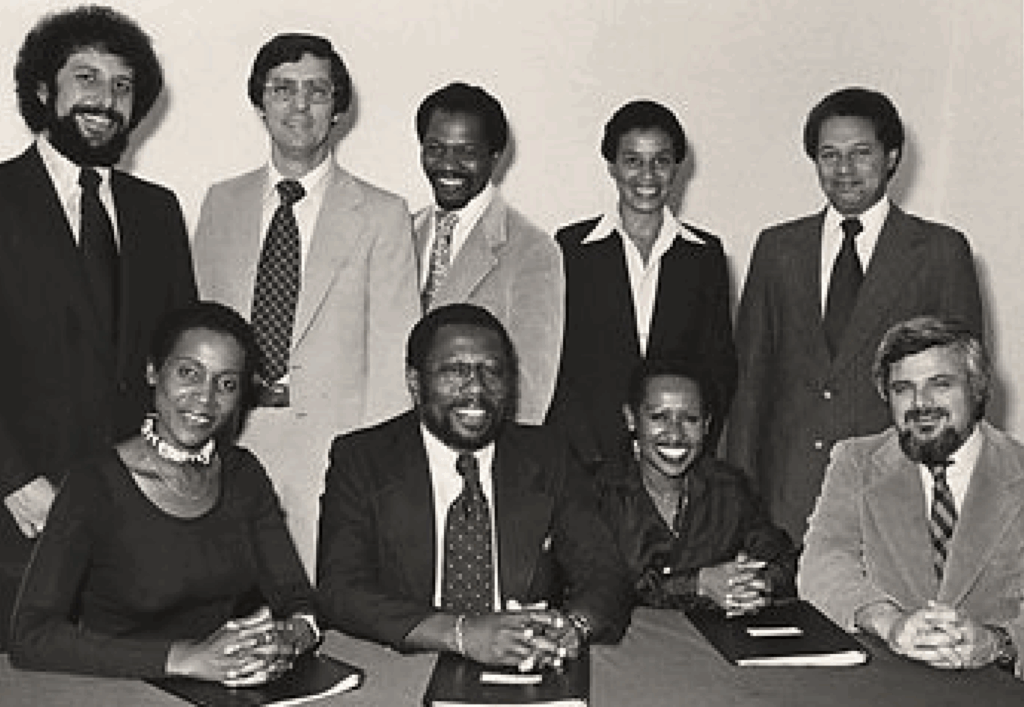
August 31, 1977
The Institute for Journalism Education (IJE) is founded as a nonprofit organization by Robert C. Maynard and 8 other SPMJ founders.
There, the Maynard Institute lobbied the American Society of News Editors to adopt the Year 2000 goal: representation in newsrooms on parity with the minority population of the U.S., a goal of 17% minority representation in newsrooms by the year 2000. At the time, only 4 percent of newsroom employees were journalists of color, and minorities made up only 0.4 percent of newsroom leadership.
1978
The Institute for Journalism Education hosts a landmark National Conference on Minorities and the News at Washington’s Capital Hilton, concurrent with the American Society of News Editors conference, attended by Rev. Jesse Jackson.
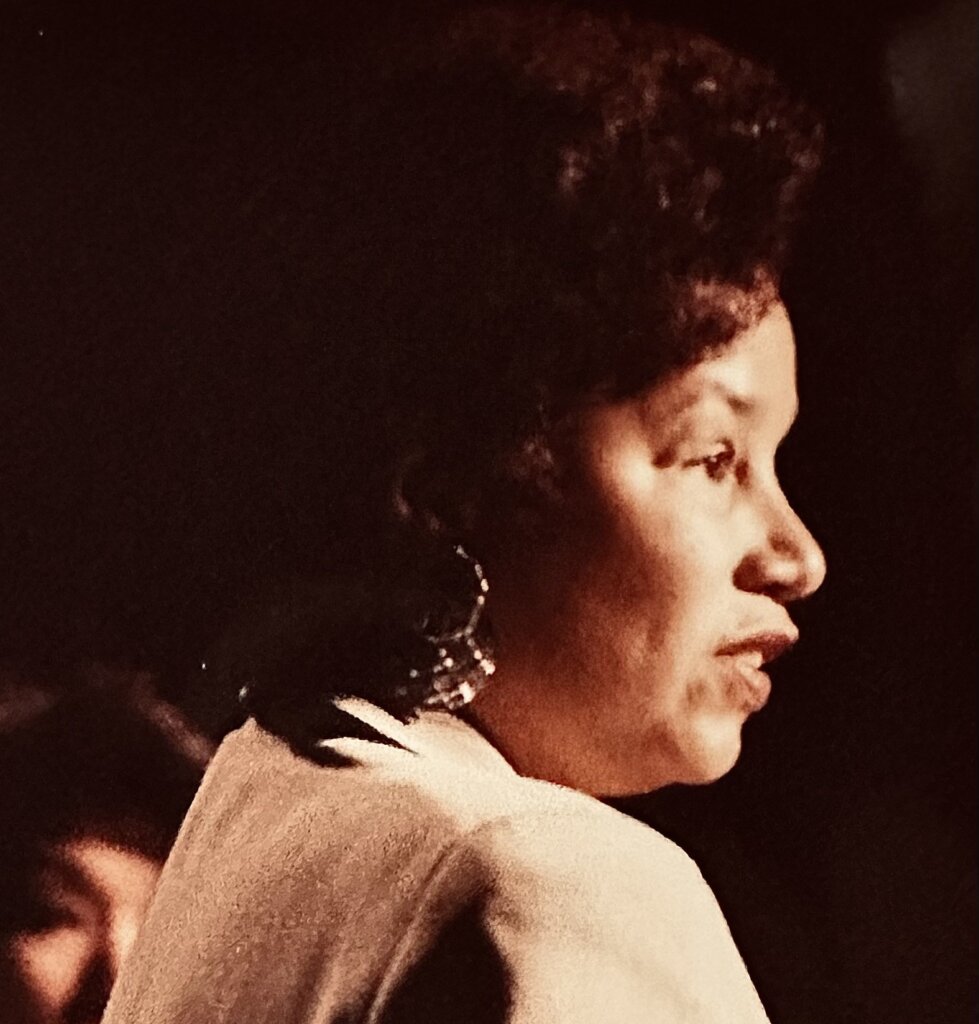
1979
Nancy Hicks Maynard, New York Times journalist, joins the IJE board and becomes the first president of IJE.
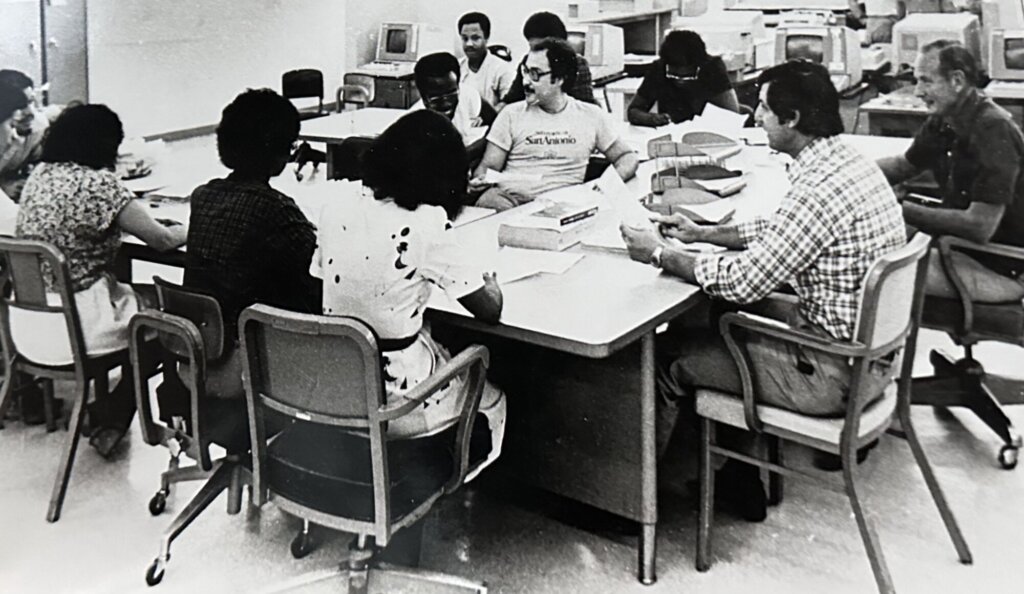
1980
Launches the Editing Program for Minority Journalists at the University of Arizona and the Maynard Institute.
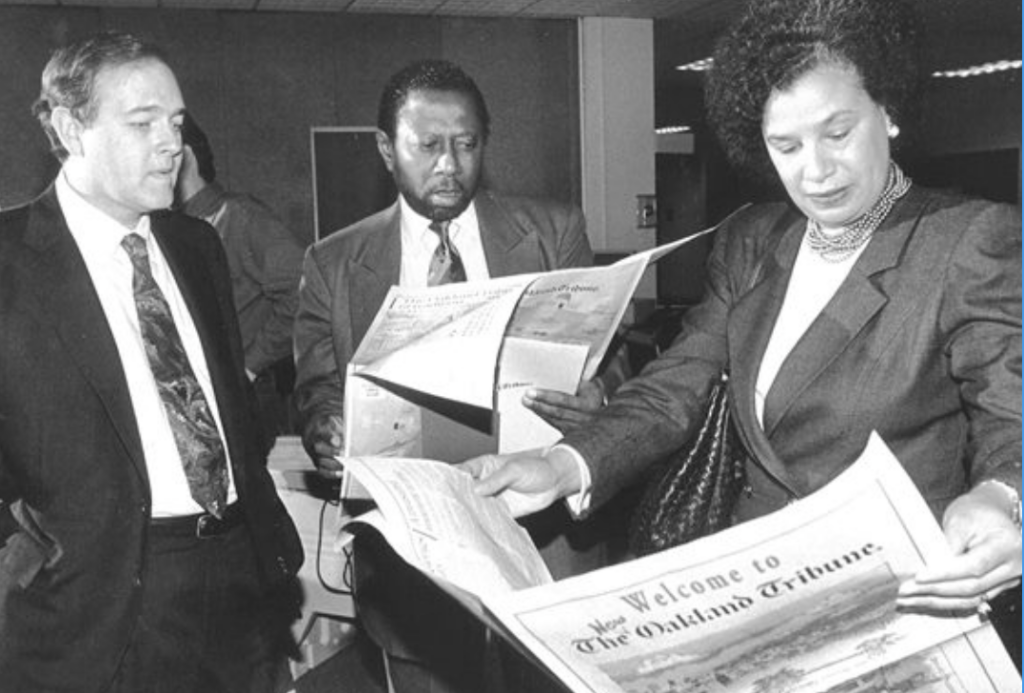
1983
Robert and Nancy Maynard purchase The Oakland Tribune the Tribune, becoming the first Black owners of a U.S. daily newspaper.
Cose had become a journalist at just 19-years-old in 1970, writing a weekly column for the Chicago Sun-Times. Later, Cose wrote editorials and columns for the Detroit Free Press.
After concluding his time as IJE president, Cose wrote several books including “Color-Blind: Seeing Beyond Race in a Race-Obsessed World,” “A Nation of Strangers: Prejudice, Politics and the Populating of America” and “Democracy, If We Can Keep It.”
1983
Ellis Cose takes over as IJE president, quickly becoming a diversity movement leader.
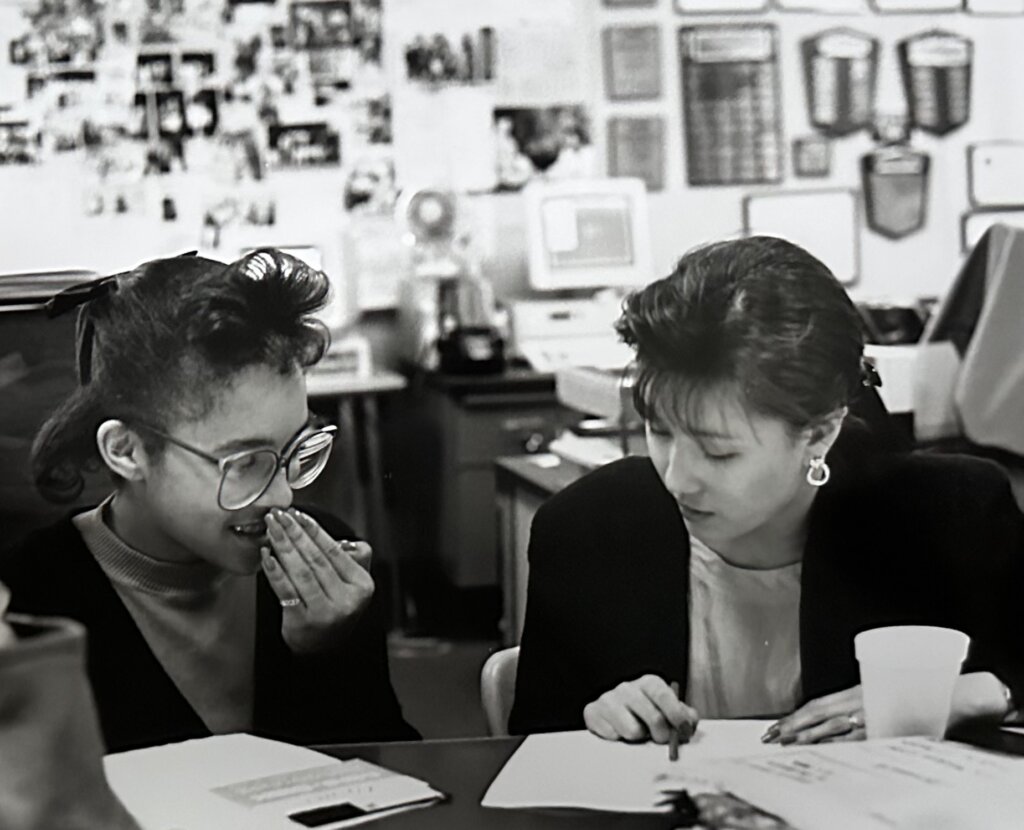
1985
Creates the Management Training Center (MTC) at Northwestern University and the Maynard Institute to train journalists of diverse backgrounds for senior-level newsroom careers.
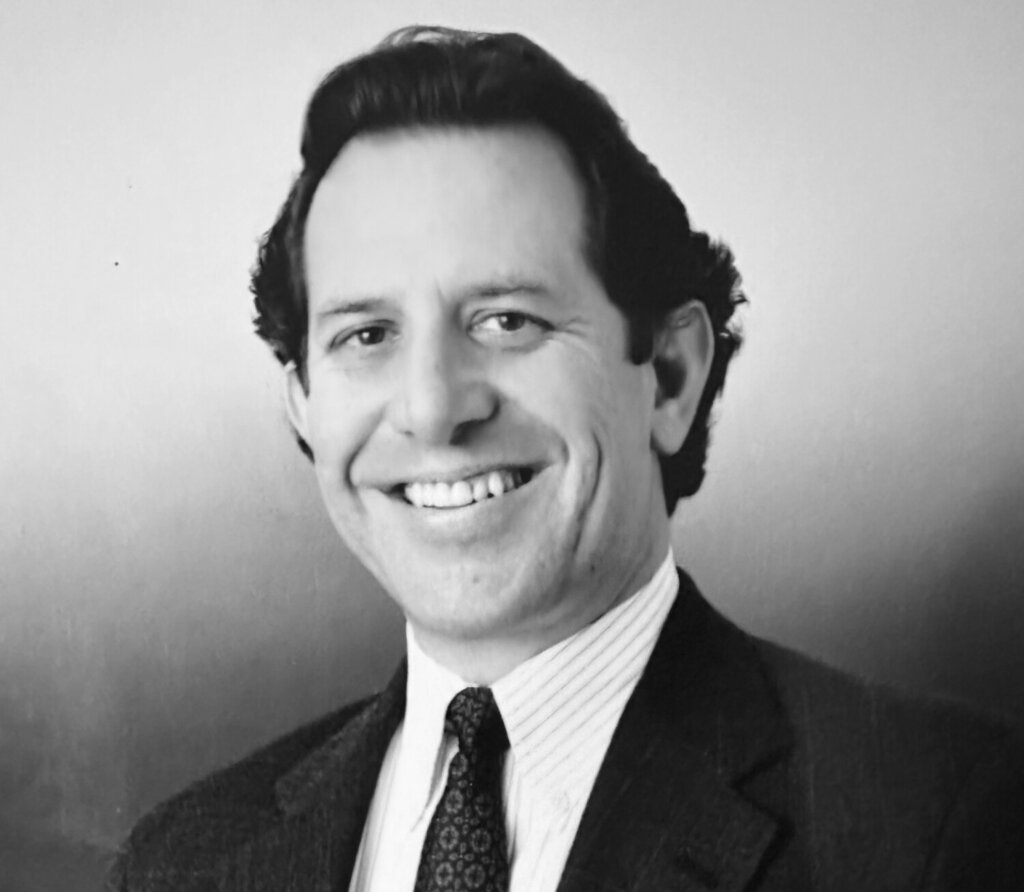
1988
Founding IJE board member Steve Montiel becomes IJE president and CEO.
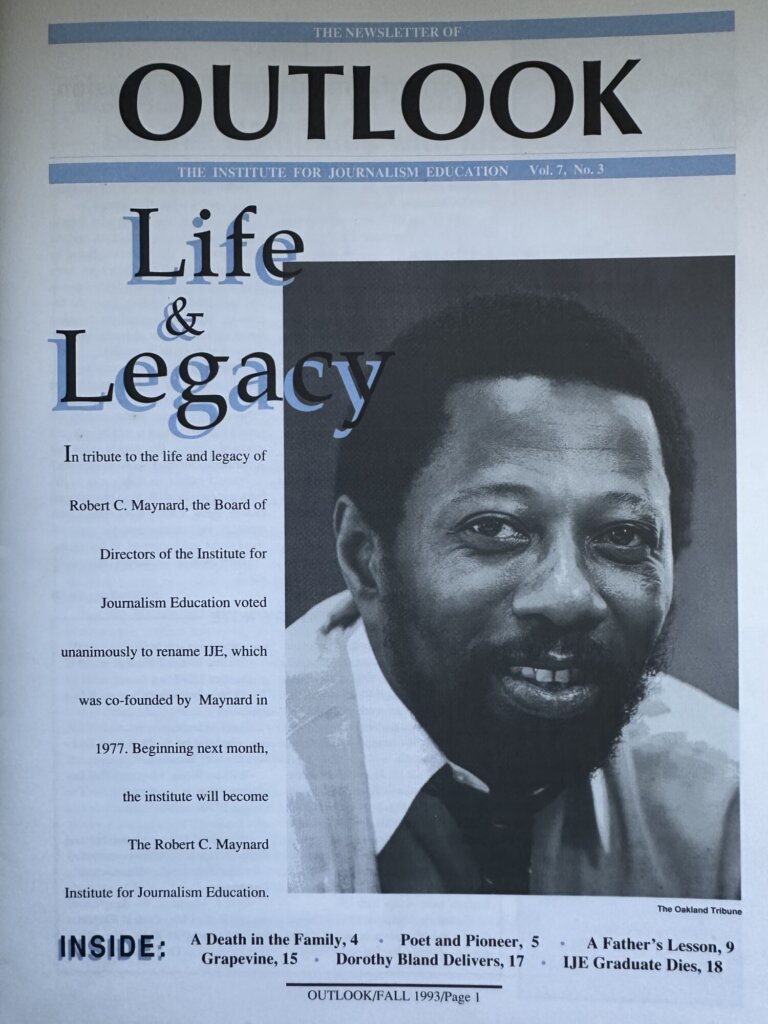
1993
The IJE is officially renamed the Maynard Institute for Journalism Education (MIJE) in honor of Robert C. Maynard, who passes away.
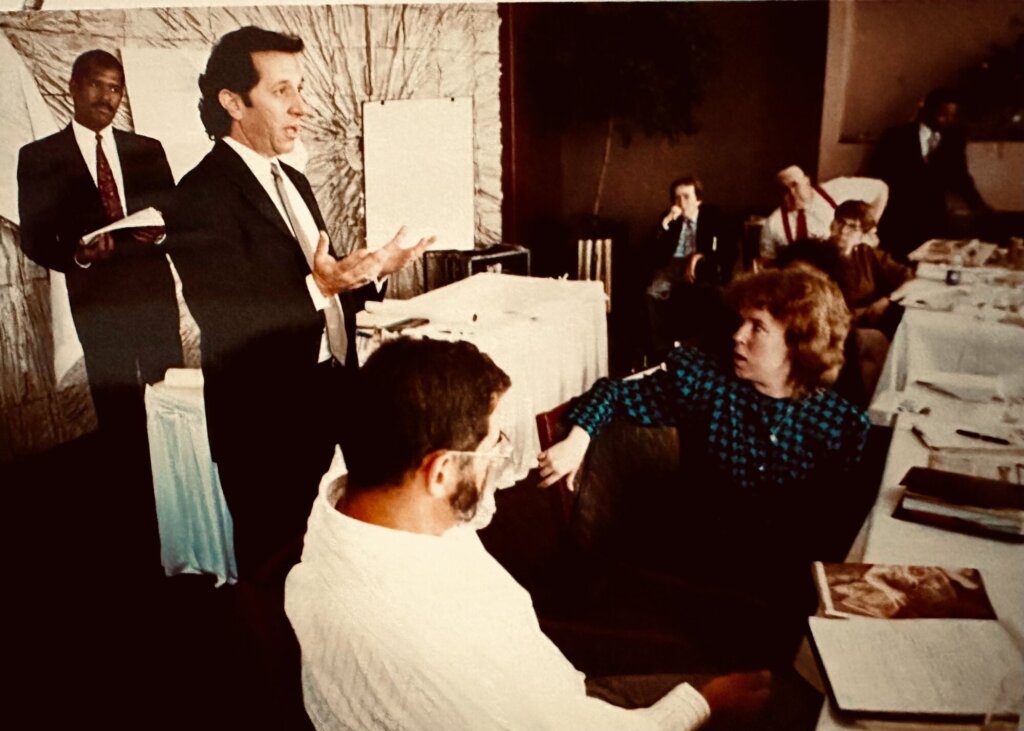
1993
Adopts Robert C. Maynard’s Fault Lines® framework as the foundational component for all Maynard Institute programs.
1999
Mark Trahant, former president of the Native American Journalists Association, becomes CEO of MIJE.
A citizen of the Shoshone-Bannock Tribes of Idaho, author and longtime journalist Trahant had been a finalist for the 1988 Pulitzer Prize for National Reporting with Mike Masterson and Chuck Cook of the Arizona Republic for their story on mismanagement of Federal Indian programs nationwide. Trahant served as Editor-at-large for nearly a decade for ICT, formerly Indian Country Today, an independent nonprofit platform covering Indigenous news. In 2023, he was inducted into the National Native American Hall of Fame, and in April of 2025 Trahant was awarded the I.F. Stone Medal for Journalistic Independence.
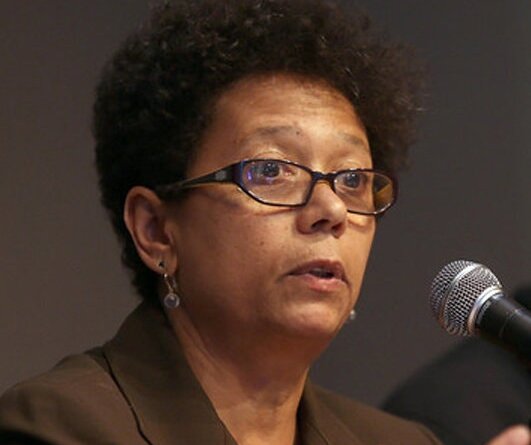
2002
Dori J. Maynard becomes president of the Maynard Institute.
2005
The Maynard Media Academy, at the Nieman Foundation at Harvard University, takes the place of the MTC at Northwestern.
Designed to turn journalists into newsroom leaders, participants performed case studies with Harvard Business School professors.
“It’s very powerful to watch them go through that process,” then-president Dori J. Maynard said. “People give testimonials and say they were on the verge of leaving the industry but because of the training, they have decided to stay.”
A six-week immersive fellowship, the Editing Program at the University of Nevada at Reno began with editing basics: grammar, page design, story organization, news judgment. Developing editorial interpersonal skills to enable editors to work in a newsroom setting with other editors and reporters, the program also incorporated experiential learning drills led by faculty of the Reynolds School of Journalism at UNR.
2005
After a brief hiatus for reevaluation, the Editing Program is re-launched at the University of Nevada-Reno.
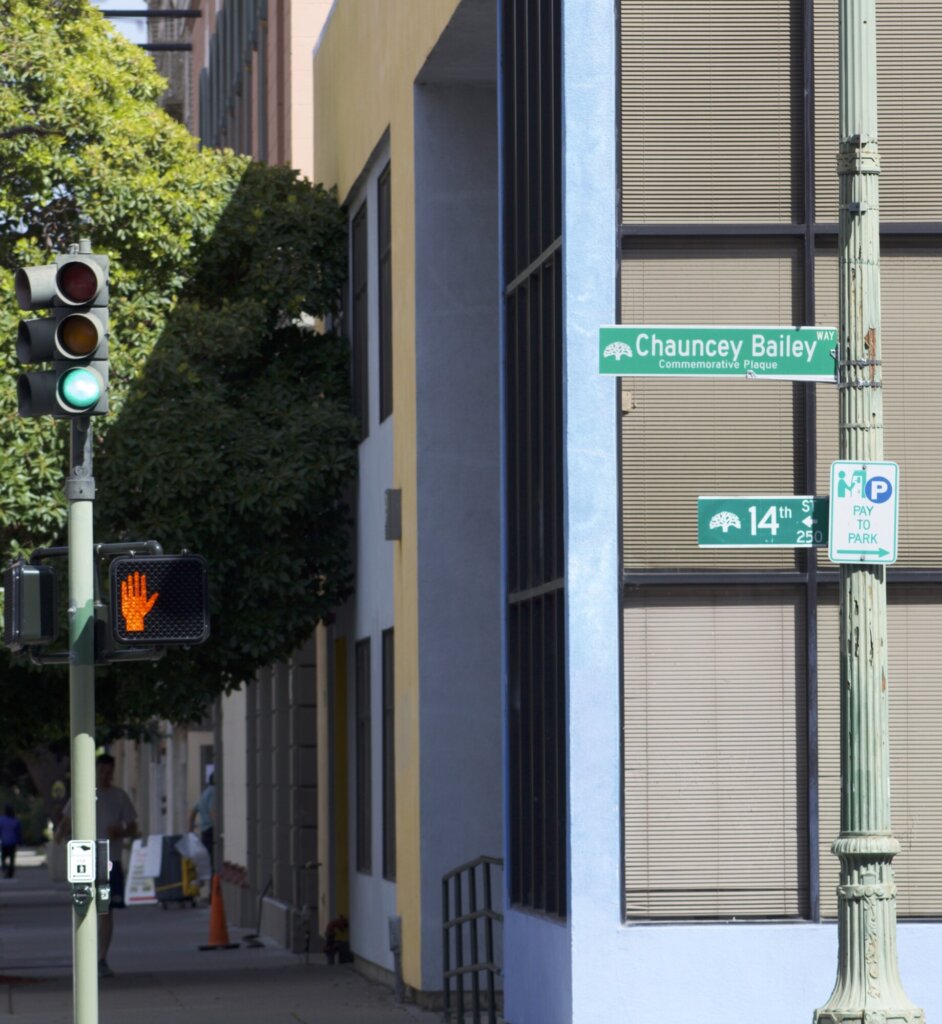
2007
The Maynard Institute launches The Chauncey Bailey Project, formed to look into his murder and continue his reporting.
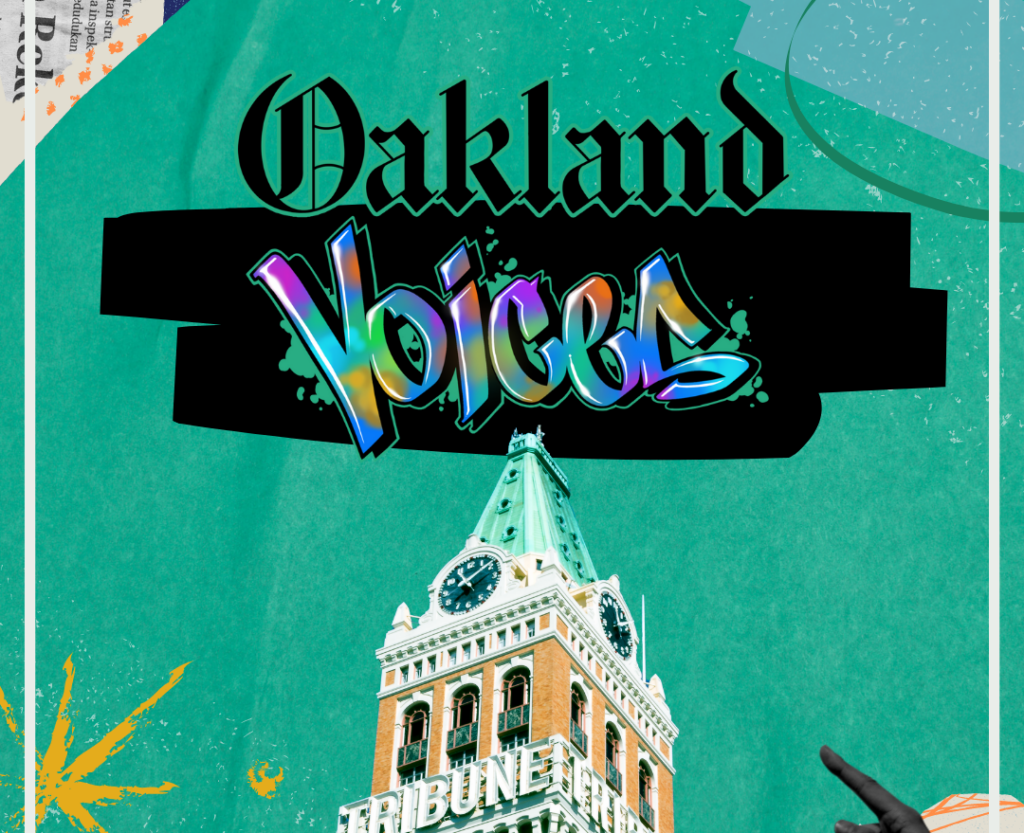
2010
With the Oakland Tribune, the Maynard Institute launches Oakland Voices, training residents to report on their own West and East Oakland communities.
2014
The Maynard Institute launches the POLITICO Journalism Institute in partnership with American University to advance newsroom diversity in Washington D.C.
The 10-day annual program, entering its second decade in 2025, offers hands-on training to high school and college student journalists to hone their skills while focusing on policy and politics in news. In addition to interactive workshops and mentorships, student participants tour the White House, Congress, and the National Press Club.
A dedicated journalist and leader, Dori J. Maynard had worked as a reporter for the Detroit Free Press, received the prestigious Nieman Fellowship, and then made a home in Oakland, California. After her father Robert C. Maynard’s death, she edited the book “Letters to My Children,” a compilation of his early work as a reporter, columnist, and then publisher of the Oakland Tribune. She was instrumental in the development of the Chauncey Bailey Project, and was at the time serving as the Institute’s Special Projects Director.
2015
Maynard President Dori Maynard passes away. Longtime Institute director Evelyn Hsu becomes interim executive director.
2016
The institute convenes the “Maynard Re-Imagined” committee. Members of the committee worked at the Arlington, VA offices of POLITICO.
Funded by the John S. and James L. Knight Foundation and the Ford Foundation, the committee spent an intense period of time getting back to the roots of the Maynard Institute and its mission, still mourning the loss and remembering the leadership of former president Dori J. Maynard.
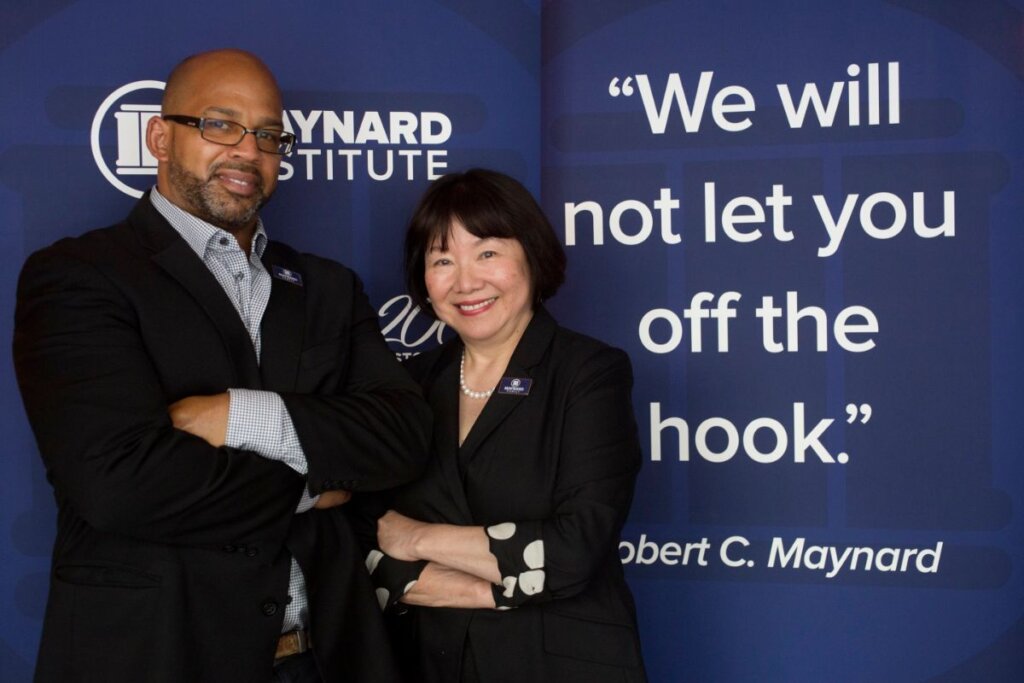
2016
Evelyn Hsu and former Oakland Tribune editor-in-chief and Maynard grad Martin G. Reynolds become co-executive directors.
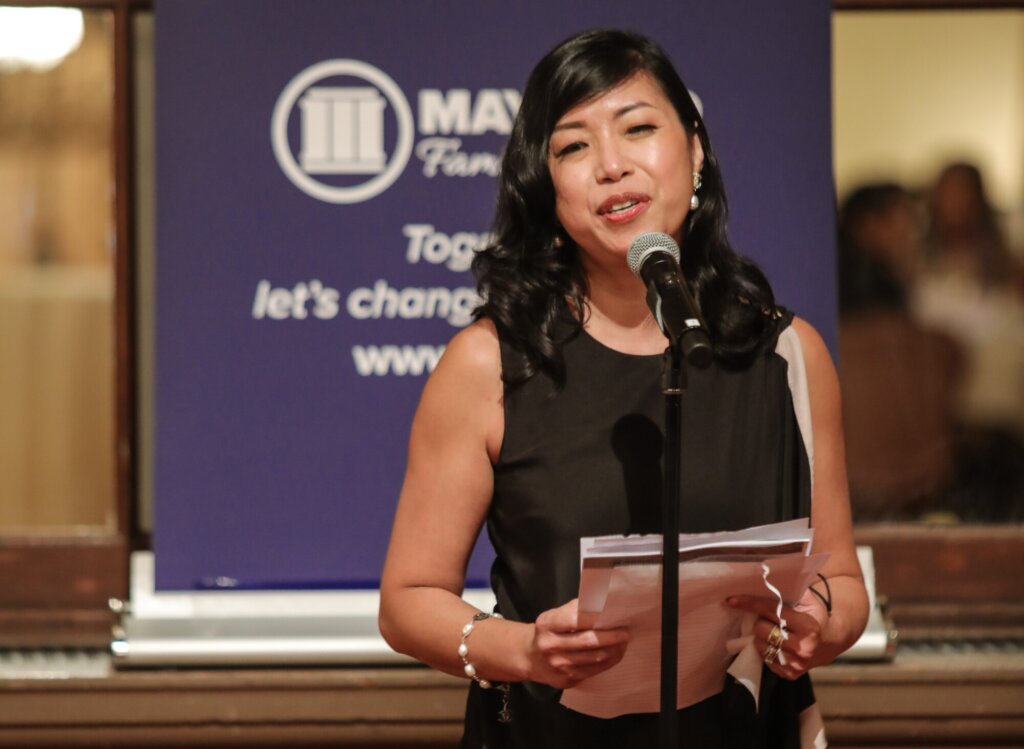
2018
The institute launches the inaugural cohort of the Maynard 200 Fellowship Program providing advanced training and mentorship to journalists and storytellers, media entrepreneurs and media managers.
Table Stakes, a local news leadership development program funded by the John S. and James L. Knight foundation, is designed to promote innovation and guide news leaders through managing change. Managed by the American Press Institute, Table Stakes coaches guide news organizations in creating unique ways to engage readers and attract new audiences on multiple platforms and build revenue streams to ensure long-term financial sustainability.
2019
Maynard Institute leaders collaborate with Table Stakes creators to infuse Diversity, Equity, and Inclusion into the Table Stakes framework.
2020
Maynard joins forces with ONA and OpenNews to launch Vision25, pushing for belonging and equity in news.
The collaborative approach to social and cultural change in journalism is three-pronged: change in collaborations and partnerships, change in the workforce, and change in C-Suite and leadership. Vision25 seeks to change the way American journalism functions as an industry by mobilizing 25 percent of the journalism industry in total to take action and reach a “social tipping point,” an industry threshold at which journalism embraces racial equity in news.
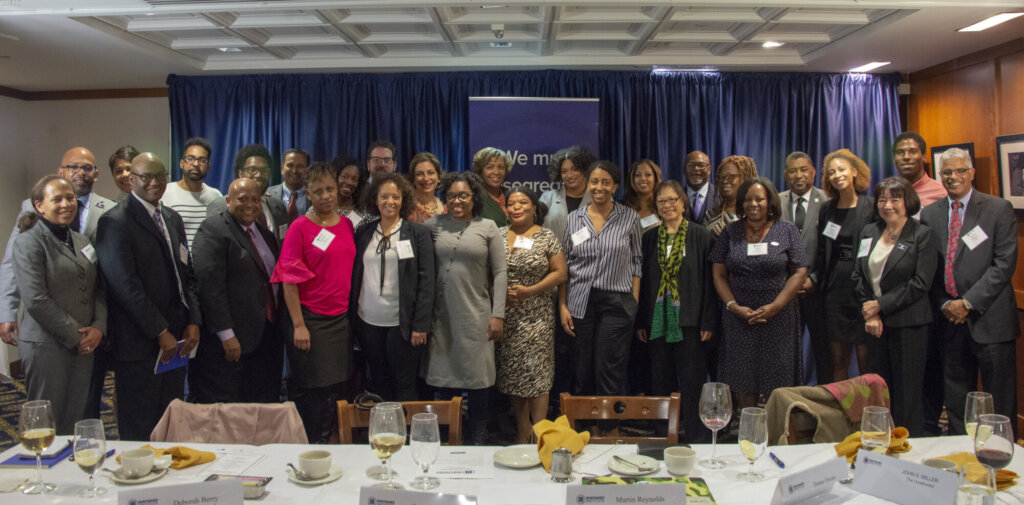
2022
The Maynard Institute launches the Equity and Belonging Newsroom Transformation Program.
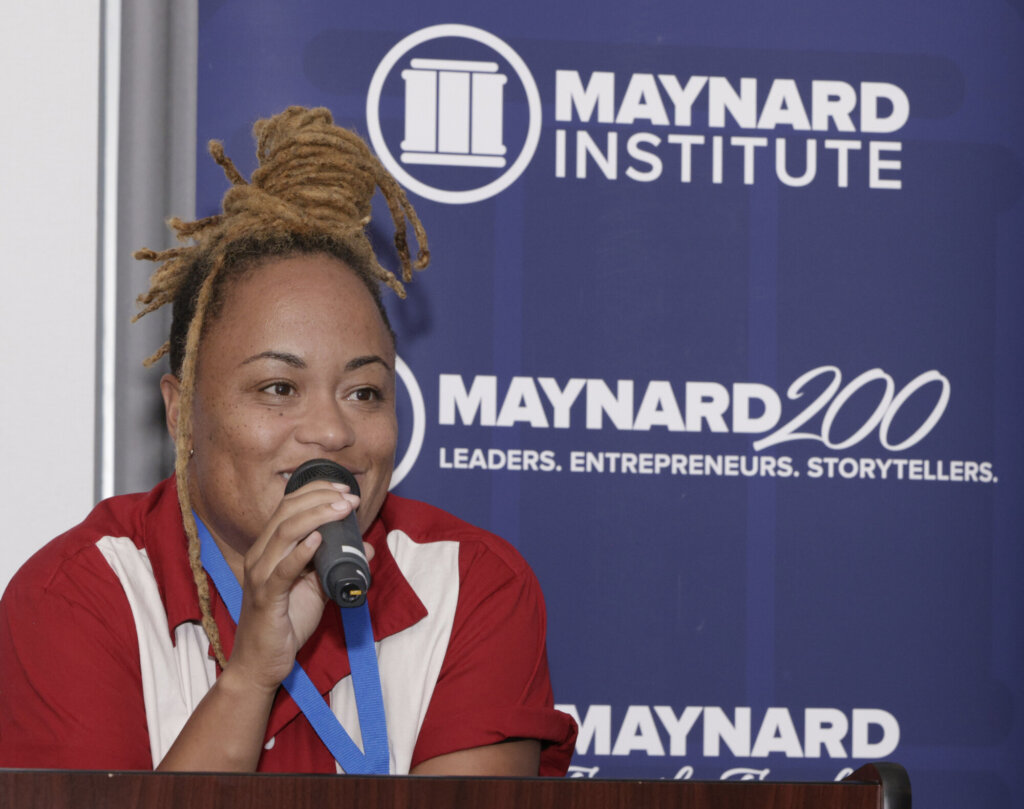
2024
The Maynard Institute surpasses goal of training 200 media professionals as part of Maynard 200 initiative.

2025
Launches Communities of Practice program intended to support Maynard programming alumni, as well as graduates from other institute programs.
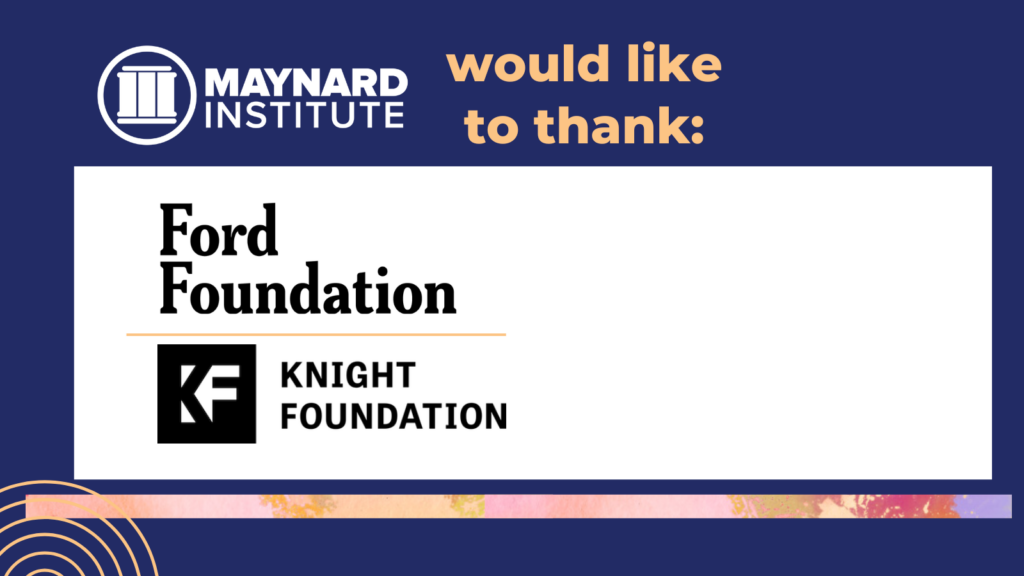
2025
The Maynard Institute announces the largest grant in the organization’s history from the John S. and James L. Knight Foundation – $2.5 million.
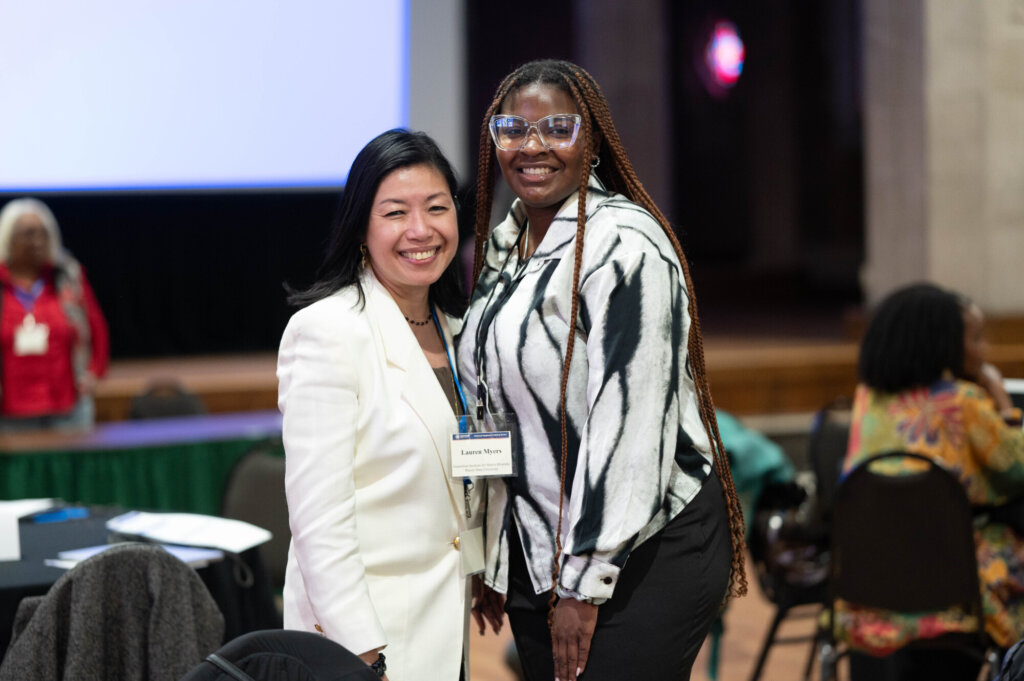
Your support matters
Donating to MIJE helps newsrooms and professionals improve their reporting, workplaces, and the communities they serve.

